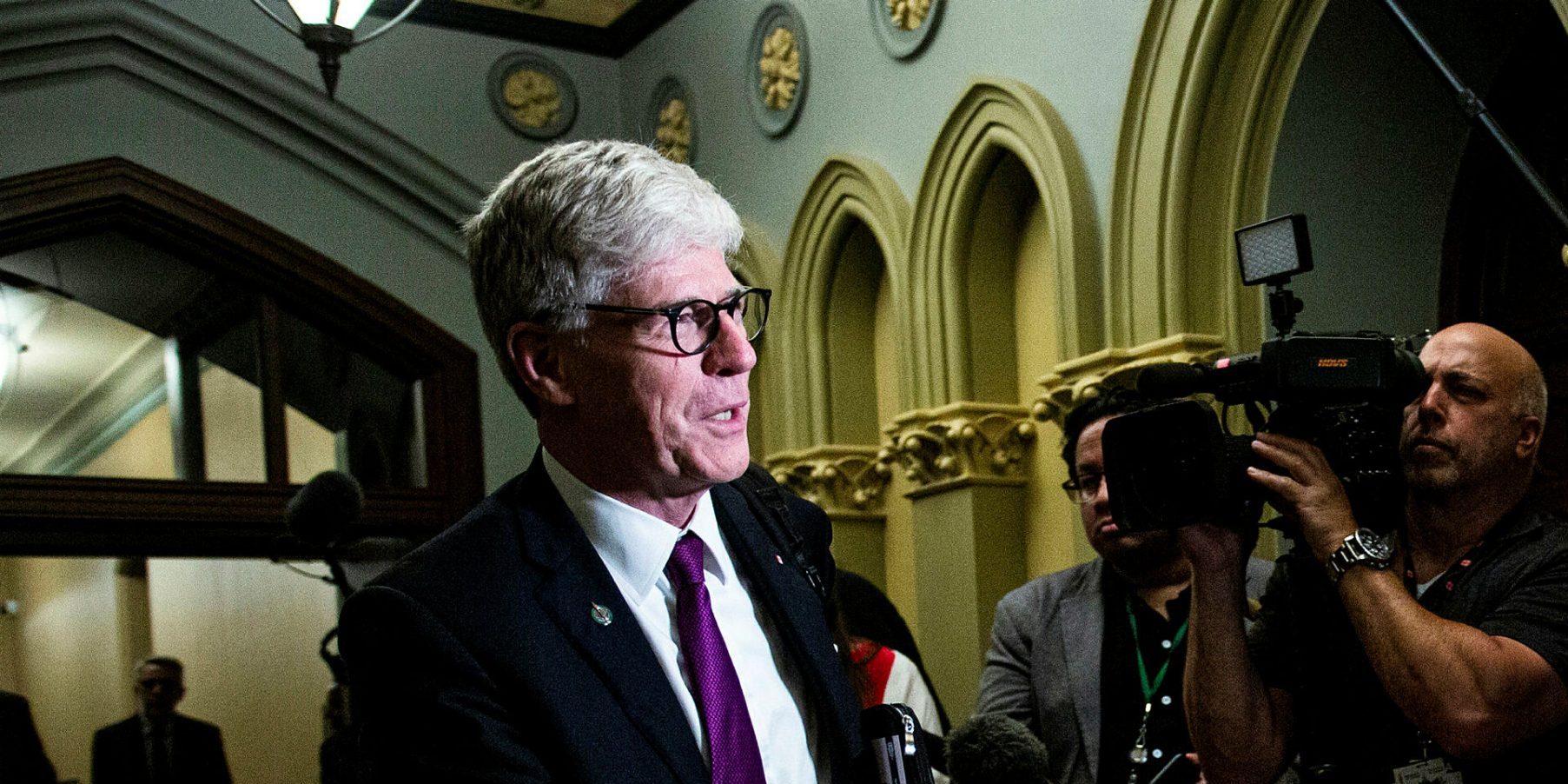Canada Post is a dying dinosaur, Parliament must lead a strategic exit

Canada Post is the kind of asset that would’ve been marked “non-core” in any serious investment banking portfolio review a decade ago. Today, it’s a legacy cost centre hemorrhaging public capital—and Parliament needs to stop throwing good money after bad.
In 2023 alone, Canada Post Corporation (CPC) posted a pre-tax loss of $748-million, marking its sixth consecutive year in the red. Total cumulative losses since 2018 have now blown past $3-billion. The modest uptick in 2024? A one-time lift from asset sales. Strip those out, and the fundamentals still scream “sell.”
These losses aren’t market blips. They reflect a structural impairment—an irreversible secular decline in demand. Since 2006, Canadians have changed how they communicate. Letter volumes are down 60 per cent; mail revenues have fallen 30 per cent. Email, e-billing, and digital forms have wiped out the traditional use case for CPC’s core business. This isn’t a down cycle. It’s a demand cliff.
Yet, CPC is still running an operating model built for a 5.5 billion-letter world. In 2023, it processed just over 2 billion. If this were a private-sector operation, a consultant would have walked in with a red pen and a restructuring plan 10 years ago. But instead of rationalizing its footprint, CPC continues to carry 1990s-era infrastructure into a 2025 economy. That disconnect is burning taxpayer capital at an alarming rate.
Some suggest that parcel delivery might be CPC’s new growth engine. Unfortunately, that ship has not only sailed—it’s docked in Seattle. CPC’s share of the parcel market has collapsed from 62 per cent in 2019 to just 29 per cent in 2023. Amazon, FedEx, and UPS are the dominant players now, offering faster, more predictable, and better-integrated logistics services.
So here’s the real question for Parliament: do we keep underwriting a structurally broken, cash-flow-negative business with declining utility to the public? Or do we reallocate capital toward initiatives that can actually generate national returns?
From a fiscal policy lens, the opportunity cost is clear. Every dollar funneled into CPC’s losses is a dollar that doesn’t go toward healthcare, Indigenous housing, digital infrastructure, or economic resilience. In capital markets, we’d call this a misallocation of resources. In public policy, it’s a strategic error.
CPC is not “too big to fail”—it’s too antiquated to save. And just like in mergers and acquisitions, emotional attachment to legacy assets is no substitute for strategic clarity.
Germany, Austria, and the Netherlands have all divested their postal systems while safeguarding rural and remote service through regulation and targeted subsidies. These were not fire sales. They were deliberate exits built around public value and fiscal responsibility.
Canada can—and should—follow suit. A phased divestiture should begin with the most commercially viable segments, such as parcel delivery. Private-sector players have the agility, technology, and incentive structure to run them efficiently. Meanwhile, rural service obligations can be preserved via contractual mechanisms—just as we do with broadband expansion or passenger rail.
The fiscal upside is significant. Strategic divestiture could unlock one-time revenues through asset sales and reduce the need for annual operating subsidies. That capital could be redirected to areas where public investment creates compounding value: green energy, urban transit, childcare, and clean-tech R&D. It’s what we in finance would call a redeployment of capital for alpha generation—in public terms, it’s simply smart budgeting.
What’s needed now is a transparent policy process. Parliament should commission an independent review of CPC’s commercial viability, assess regulatory options for essential service continuity, consult with labour groups and rural communities, and engage credible financial advisors to scope market appetite and transaction frameworks. This isn’t about cutting and running. It’s about fiscal prudence.
The choice before Parliament is binary: strategic reinvention or fiscal drift. It’s time to stop pretending this business model can be modernized with enough public cash injections. It can’t. The smarter move is a managed exit: structured, deliberate, and designed to maximize public value.
After all, even in government, portfolio management matters. Let’s stop subsidizing yesterday and start investing in tomorrow.
Ram Mathilakath is a former Parliamentary Budget Office/federal executive who is now an executive consultant and turnaround strategist.
The Hill Times





 LICENSING
LICENSING PODCAST
PODCAST ALERTS
ALERTS


